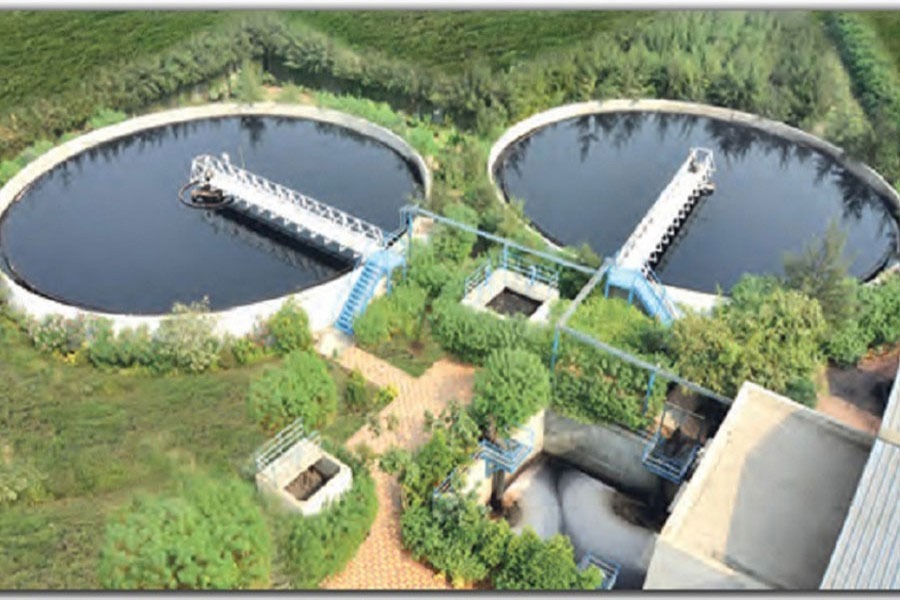
Published :
Updated :

The imbroglio that the Savar Leather Industrial Park finds itself in is the result of ineptitude and concerns other than the overriding one to turn this facility into a world class leather hub. Begun as early as 2003, the relocation of many tanneries from Dhaka's Hazaribagh took place in 2017 and continued well beyond. The fracas over the industrial estates' central effluent treatment plant (CETP) and the government's false claim for readying the leather park were to blame for no mass shift by tanneries from Hazaribagh to the new location in Savar. So far, 140 of the 155 tanneries allocated plots there have started operating but the rest are yet to complete construction of their factories. Actually, tanners alone are not responsible for such prolonged shifts. It is the deposed government that is accountable for the imbroglio. The malfunctioning CETP is not only acting as a disincentive but has also stood as an impediment to obtaining Leather Working Group (LWG) certificates by deserving leather factories and getting access to high-end export markets. The country's image as a leather and leather goods producer has also seriously been compromised.
Now the implementation monitoring and evaluation division (IMED) under the ministry of planning (MOP) has assessed the weaknesses and lost opportunities of the leather industrial estate. Apart from the cost escalation and delayed construction of facilities, the number one crisis involves CETP's limited capacity and that too falling short of the standard treatment of effluent. The entire project thus fails to deliver the service it was meant to do. This failure turns out to be the main cause for hindering the prospect of Bangladesh's tannery industry. However, the fact that IMED took such a long time to investigate the tannery park's loopholes smacks either of its limitation or indifference to this potentially crucial foreign exchange earner, perhaps next to the readymade garments (RMG).
Allegedly, industrial parks or any other mega projects are undertaken mostly for personal gains by quarters involved with the process, not on patriotic consideration. Or, how can one justify the fiasco bedevilling the CETP at the Savar leather estate? The Chinese company that got the working order for the CETP should have been made to account for the useless facility. The environmental damage caused to the River Dhaleshwari and the estate's surrounding because of the failure on the part of the treatment plant is incalculable. Any government anywhere would have filed a lawsuit against the company for non-compliance.
So here is a case of mismanagement of a vital project, a lack of monitoring and supervision or misgovernance. This also highlights the underdevelopment of countries under the rule of authoritarian and oligarchic governments which do not have to be accountable to their people. A country's progress is thus pulled down by its backlogs. This country desperately needs to diversify its export basket. The leather could not only fill some of the vacuum but also earn foreign exchange 50-60 per cent more in high-end markets compared to the low-end markets. Quite a number of leather factories are producing world-class leather goods. Reportedly, seven to eight factories have earned the LWG certificates with just one in the Savar leather industrial park, which has its own CETP. If about 150 tanneries could get the LWG certificates, the leather industry here could grab a good share of the around $500 billion global leather goods market, projected to grow to one valued at $855 billion by 2032.


 For all latest news, follow The Financial Express Google News channel.
For all latest news, follow The Financial Express Google News channel.